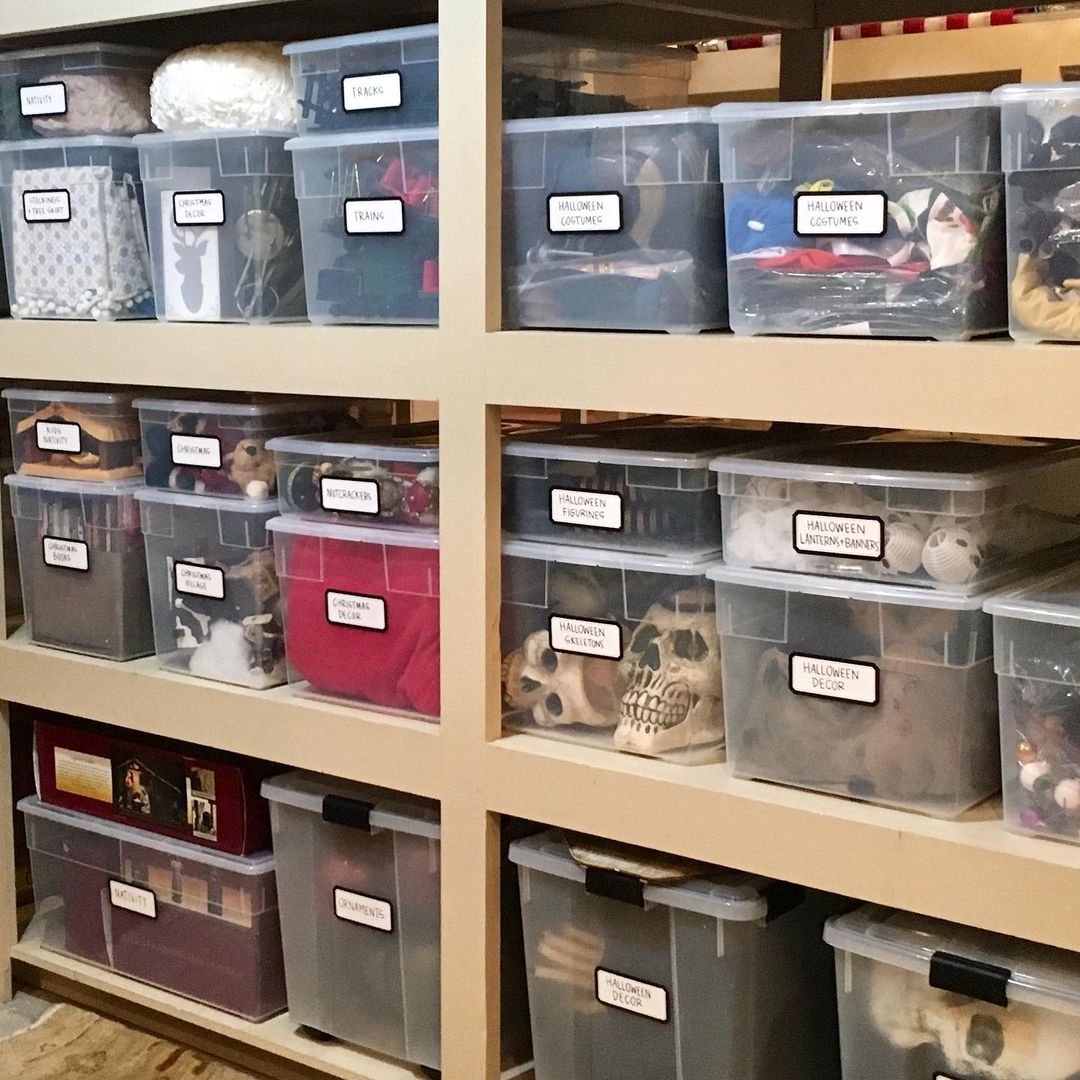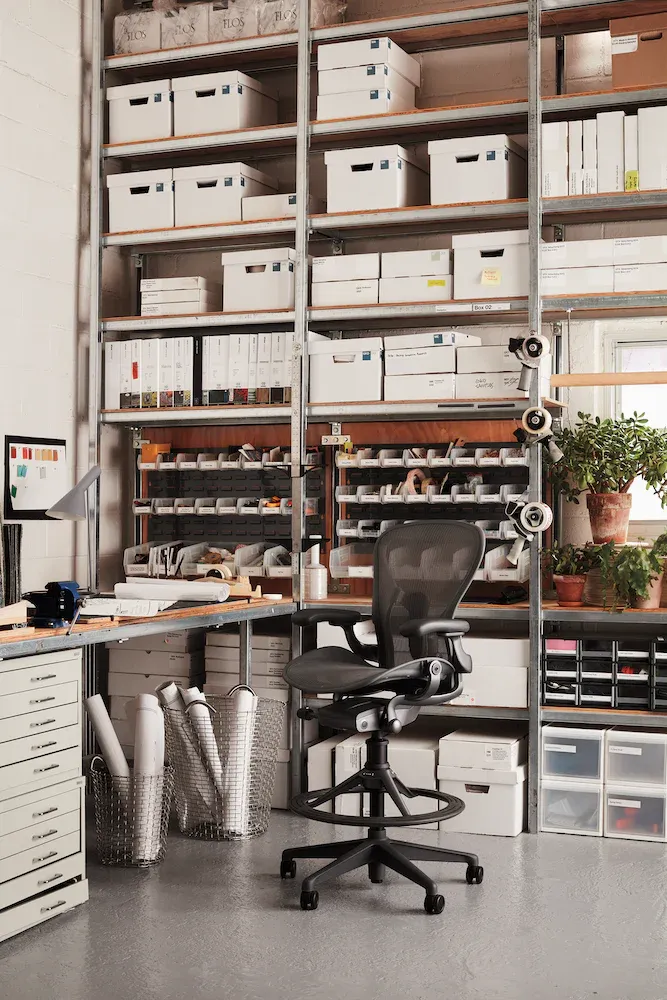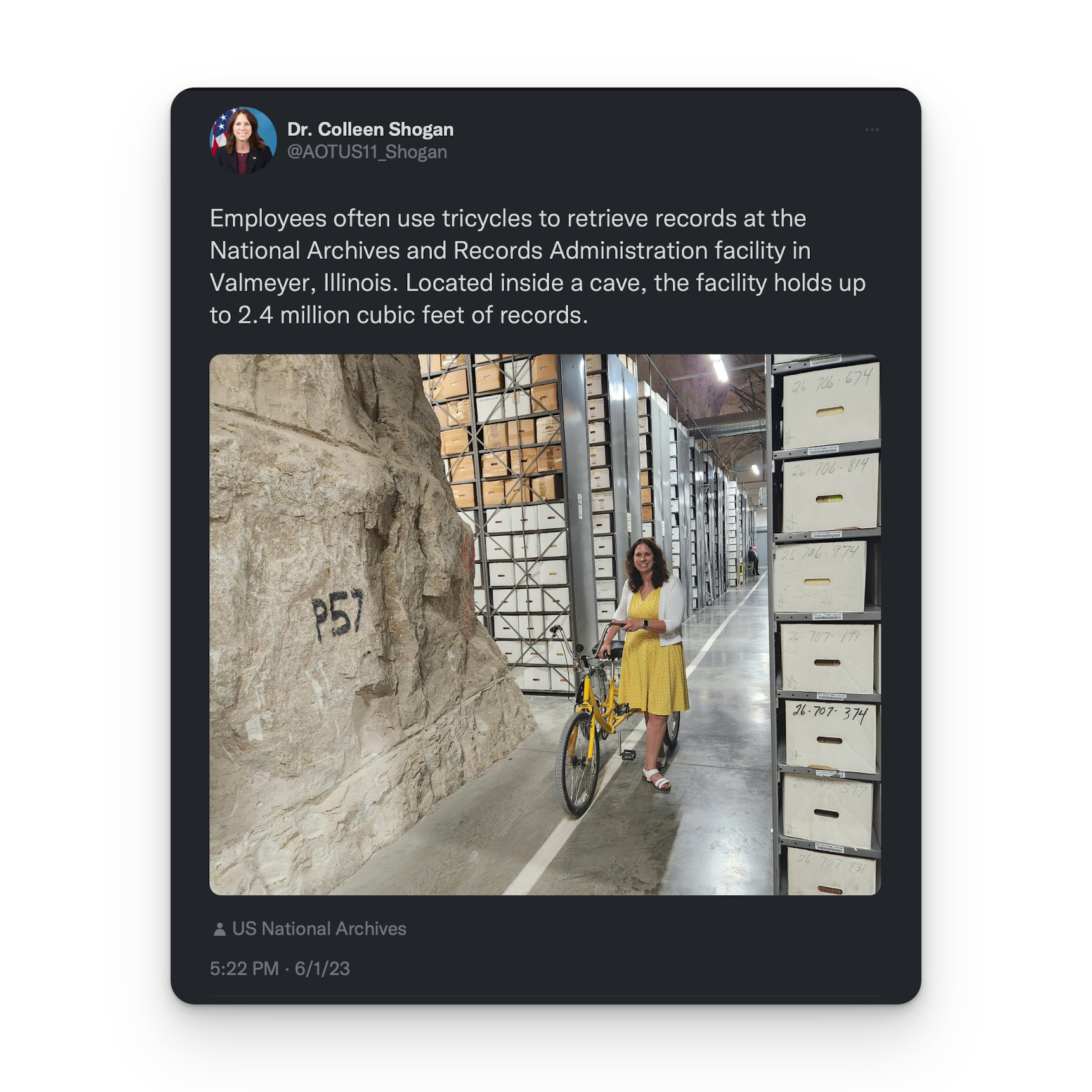The Wisdom of the Bankers Box
Please allow me to relay a bit of old-man nerdery today: Look to the Bankers Box.
When my mom died, and we had to move my dad out of his home of 50 years, I was tasked with salvaging as much of their documents, photos, and keepsakes as possible.
They had done the same for their parents, so I had to salvage all of that as well.
Add all of that to my family’s own collection of stuff and there was a big enough pile of obligation to last a lifetime.
I think this is another mid-life right-of-passage achievement to unlock. I’m hoping my solution might help others when they reach this right-of-passage.
I had to confront the idea of what all this stuff really meant, what could be done with it, and how could I possibly store it so it wouldn’t get in the way of our daily lives or cost more than it was worth.
The answer for most people in these situations is to grab whatever kind of container they have lying around, fill it with stuff, and never revisit it (a metaphor for life?).
Our brains say, “Don’t deal with it! Just pass it along to your kids and they can throw it all out if they want.”
I decided the generational buck was going to stop with me.
But it was going to be a lot of work. It was going to be emotional. It might take years.
Where do you even start?
First things first. What is all of this stuff? We need a definition.
I call it “inactive reference.”
There may need to be actions taken with it, but not right now, and maybe not this decade. Lots of our stuff fits this definition: one-off tools, photos, tax records, replacement parts, etc.
As you get older, this stuff builds up. It may also include stuff you don’t have the right to throw away. Being a minimalist is something you can choose for yourself, but not for your family, and often not for your government.
I was starting to feel like the plastic tubs we had collected over the years were not a good long-term solution (you’ll see why).
But it seemed like every video I watched on YouTube, and every article I read, looked something like this:

It just didn’t sit right.
The more I researched, the more I realized that — as usual — my grandparents and great-grandparents had it right all along.
The pre-greatest generation loved the Bankers Box (that’s apparently the proper name and spelling). Invented in 1917, here in Chicago, these boxes became a hit for record-keeping after the U.S. created its first income tax and workers had to start collecting receipts.
Buckle up. You’re about to get nerdy and find out why the Bankers Box makes so much sense, especially when compared to plastic.
They’re a standard.
This is huge if you’re trying to plan a space for long-term storage. The Bankers Box has remained the same shape and size for a lifetime and won’t change for at least the rest of your life. You can know exactly how much space you’ll need now, and how much space you might have available in the future when taking on more stuff from relatives.
This is predictability injected into the least predictable time of your life. Embrace it.
This means you can plan shelving and spacing to be comfortable — no moving or fighting with stacks of boxes to access something.
Small businesses often prefer this kind of standardized cardboard storage too, because cardboard boxes aren’t tapered at the bottom like plastic storage. That means more surface area can be covered on a shelf with a single box. Over the course of dozens or thousands of shelves, that adds up to huge cost-savings and process efficiencies.
They’re writable, sticker-able, and post-it-able.
There are endless ways to enhance a box filled with information with additional contextual information.
Think about that technology: layered, contextual information on top of a file system. That’s hard to implement with digital files. It’s trivial with 1917 tech.
Inside the box, there’s files and folders with their own surfaces for metadata, but on the outside, you can add any kind of visual or textual information to convey more meaning about the information within the container.
Or you can just label the box.
This metadata idea helped a lot when I was hauling in the 25+ large, moving boxes of my parent’s documents and photos. I had to index the contents, determine the actions needed for them (scan and shred, scan and keep, just keep, or just shred), and prioritize them based on contents (boxes with photos are always the top priority).
With labels, writing, and post-its, I was able whittle it all down to 13 or so Bankers Boxes (at the time of writing this) in my spare time. Then, it was easy to transfer all of that contextual information to a spreadsheet, where even more efficiencies were discovered.
This helped me also realize that I needed to do the same with all my own records, so my son doesn’t have to go through the same, long, emotional process when I’m gone.
Don’t worry about needing to correct anything you’ve labeled the box with — this is cheap cardboard after all, and easily replaced. And since the boxes standardized and templated, you can just turn the box around and restart on the identical blank side.
They’re breathable.
For all of its pluses (which we’ll get to below), plastic off-gases chemicals inside and outside the container. Sometimes, the safer your plastic solution is from outside elements, the more harmful it can be to what’s being stored inside.
The Bankers Box is just cardboard. One of the first changes I noticed after switching from plastic to cardboard was how much better my basement smelled (no more off-gassing).
You can get more expensive archival-safe cardboard, free from any acids used in the paper-making process. But I’ve just opened a Bankers Box from my grandfather, and his WW2-era maps of the South Pacific were in pristine condition — gleaming-white. So, I think my tax receipts from 2019 are going to be just fine in regular old cardboard.
Cardboard protects the items inside from light (unlike clear plastic) and breathes away a lot of the gasses. Remember, the items inside your box may be off-gassing too. Don’t bottle that stuff that up and hope for the best.
Just like a good house for people, a good house for your stuff needs to breathe to stay healthy.
They’re cheap.
In ridding my basement of plastic containers, I became more aware of the cognitive load of plastic, as well as the expense. In less than a decade of use in this house, my plastic boxes were weathered, scratched, cracked, and near-impossible to dispose of responsibly or efficiently.
I couldn’t easily break them down to clear them out.
They took up large amounts of space, even when empty.
Because they were (in some cases) 10-30X the cost of a cardboard box, I didn’t want to get rid of them, even when I didn’t have reasons to keep them.
I did the math and decided that freeing up the huge amount of space in my basement by getting rid of them was worth the few hundred dollars I was (theoretically) losing from their original worth.
The view was worth it.
I replaced all of that with an initial $30 in Bankers Boxes, and a backup $30 in boxes at-the-ready. Now, if there’s damage to a box, if I need to re-label a box for the fourth time, if I need to consolidate or split up boxes, I don’t worry about it. I go over to my flat-folded, vertically-stored stack of new boxes, create a replacement, and recycle the old with the rest of the paper.
I can’t stress the peace of mind it gives you, to be able to change make quick decisions about weighty things so freely, especially when sifting through your deceased relatives’ personal belongings. I’d rather concentrate on what’s best for those items, not what fits in my plastic containers’ random shape and condition.
Changes will always need to be made on-the-fly for unexpected family-related storage. Inexpensive boxes give me far more options as my needs and responsibilities grow.
They’re unassuming.
It doesn’t matter if you’re a billionaire or thousandaire, everybody uses Bankers Boxes.
They’re almost invisible.
Let’s say you’re a burglar. You break into my basement. There are dozens of boxes on shelves with everything from replacement parts for my door handles, to my grandfather’s tribal ax, gifted to him during the Pacific campaign in WW2.
Good luck trying to find which box holds what. Clear your calendar.
They’re not transparent. They’re all indexed in a password-protected spreadsheet. The boxes have a label, but it’s usually something like “Parts 25,” or “Travel 13.”
It’s equal amounts of security through obscurity, and security through…security.
I’ve never understood people who label their storage in great detail, on clear containers, as if it’s a menu for thieves. It’s not your job to streamline their process.
They’re not transparent.
This one is big for my brain, specifically. My brain gets easily confused by clutter.
Clear plastic is my Kryptonite.
I need solid-colored containers with clear, simple labels or I’m lost and stressed, even when I know where something is.
My brain is also able to make much clearer decisions about projects and outcomes when there’s a separation between the items in storage and the index of those items, like in a spreadsheet or text-file list.
I look at my box of old guitar pedals and see memories of my youth in garage bands. I look at them in a spreadsheet, see their inflated value on the market, and I know it’s time to sell them to someone who can get more use out of them.
That’s space I can clear from a box and money I can use to make more memories. I can’t get my brain to understand that when I’m looking directly at the item in the box.
They force weight limits.
If you’ve ever moved, you know the impulse to overload a container with too much weight, and the feeling of severe back pain from misjudging that container’s weight later on.
It’s really hard to overload a standard Bankers Box. It’s really easy to move and carry a standard Bankers Box. Your back thanks you in advance.
They fit for the vast majority of what you’re storing.
You’re never going to find a single storage solution for everything. Let go of that notion right now. That myth is why The Container Store has such a successful business model.
Shoot for 80%. I figured that’s what I would find in Bankers Boxes, and everything else would get a box of a bigger size (or mailing tubes for large prints, and photos).
For my inactive storage, it turned out Bankers Boxes covered 95% of what I needed.
We tend to exaggerate the outliers.
Bonus tip: You can use a Bankers Box as temporary storage for actively-used items (like tools, your pantry, your gardening gear) to calculate the amount of space and budget you’ll need for permanent storage (tool chests, cabinets, shelves, etc.). It will give you 3-D insights a tape measure alone won’t.
They’re timeless.
I laugh when I see a professional organizer buy hundreds of dollars of plastic boxes to organize someone’s space because they all have to be a uniform size and color.
Never mind the fact that those plastic boxes all have proprietary sizes and locking mechanisms that change the minute the patent expires, so you’ll never find replacement tops when yours cracks or additional boxes when your needs increase.
The timelessness of the Bankers Box means never having to think about keeping up with the organizational Joneses. Plus, even though we’re all used to seeing Bankers Boxes at their worst, piled up floor-to-ceiling by lawyers in dingy back rooms, cardboard’s timeless looks can be made beautiful and functional in the right hands.

Consider the downsides.
This only real downside to cardboard for long-term, inactive storage is that the contents have an increased risk of exposure to fire and flood damage.
That wasn’t a problem for me for a few reasons.
Fire isn’t stopped by plastic. Plastic is made from petroleum.
Water also isn’t stopped by plastic, unless the containers include water-resisting elements like o-rings. But even then, those elements often (usually?) fail in a flooding event. They’re just increased protection.
My solution for that downside was to keep any still-unscanned-but-important materials in a plastic, o-ring-equipped container on a top shelf. Only non-paper-based items that could survive flooding were put on bottom shelves.
There hasn’t been a serious flood in my area of town in recent memory. I assume the worst anyway and prepare.
Now you’re ready to think outside the box.
Work your process.
Digitize, process, and scale it all down to size that’s manageable for those you’ll leave behind.
Don’t leave your family hundreds of little projects in a pile of ill-defined obligations.
Leave them good memories and a minimized, well-organized archive that will serve them, not require service.
